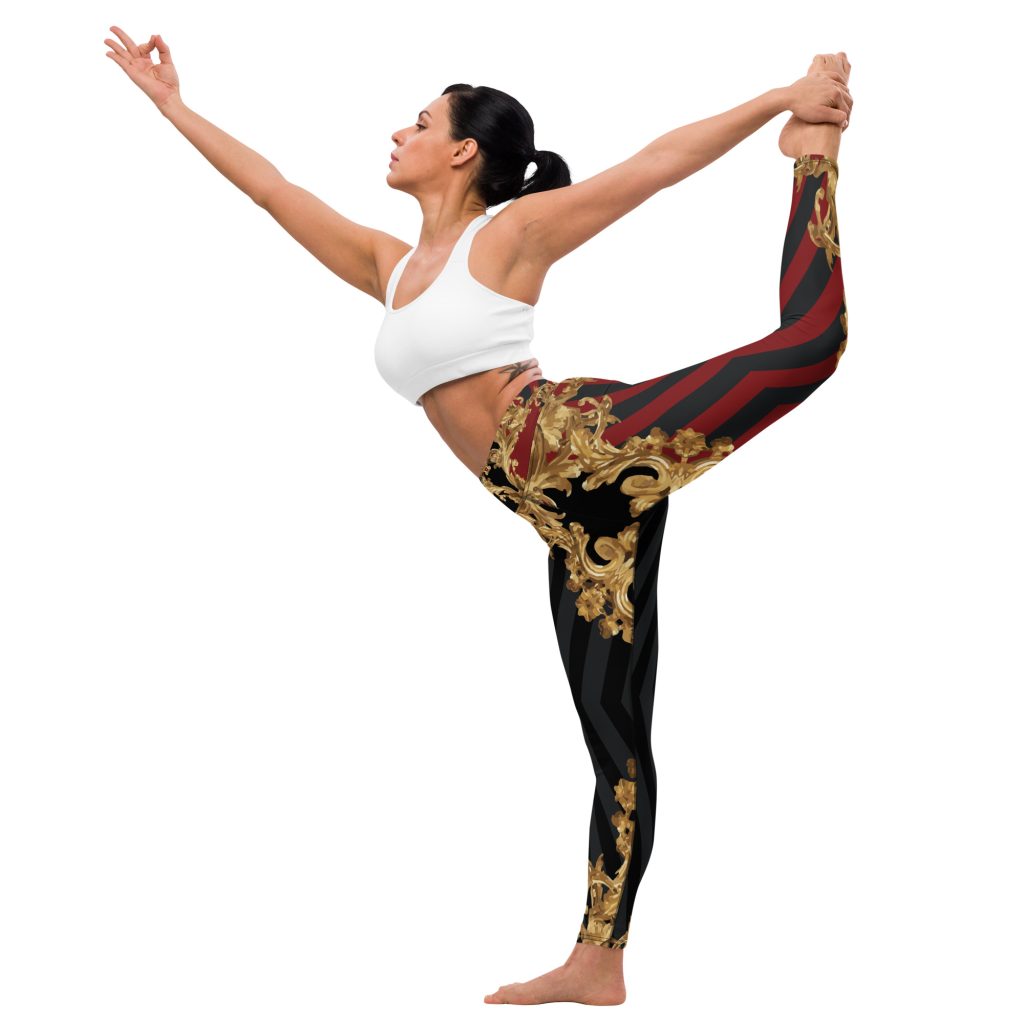
A strong core is not just beneficial for achieving a toned midsection; it’s also essential for enhancing athletic performance and preventing injuries. The core muscles provide stability, power, and balance, which are critical for athletes in nearly every sport. By incorporating specific core exercises into their training routines, athletes can improve their performance on the field or court while reducing the risk of common injuries. In this article, we’ll explore the role of core exercises in enhancing athletic performance and injury prevention.
The Importance of Core Strength for Athletes
Athletes rely on their core muscles to generate power, transfer force between the upper and lower body, and maintain stability during dynamic movements. Whether sprinting, jumping, throwing, or changing direction, a strong core is essential for optimal performance in sports. Core strength is particularly important for sports that involve explosive movements, such as sprinting, jumping, and weightlifting, as well as sports that require balance and agility, such as gymnastics, basketball, and soccer.
How Core Exercises Enhance Athletic Performance
Increased Power and Explosiveness: Core exercises target the muscles responsible for generating power and explosiveness, such as the rectus abdominis, obliques, and hip flexors. By strengthening these muscles, athletes can improve their ability to generate force and accelerate quickly, leading to faster sprint times, higher jumps, and more powerful movements.
Improved Stability and Balance: Core exercises help improve stability and balance by strengthening the muscles that support the spine and pelvis. This enhanced stability allows athletes to maintain proper body alignment and control during dynamic movements, reducing the risk of injury and improving performance.
Enhanced Coordination and Agility: A strong core is essential for coordinating movements between the upper and lower body. Core exercises that involve twisting, rotating, and balancing help improve proprioception and body awareness, allowing athletes to move more efficiently and react quickly to changes in direction or position.
Better Endurance and Muscle Efficiency: Core exercises can also improve muscular endurance and efficiency, allowing athletes to maintain proper form and technique for longer periods. This improved endurance can help delay the onset of fatigue during endurance events or prolonged competitions, leading to better overall performance.
Role of Core Exercises in Injury Prevention
In addition to enhancing athletic performance, core exercises play a crucial role in injury prevention for athletes. Weakness or instability in the core muscles can lead to compensatory movements and imbalances, increasing the risk of injury to the lower back, hips, and surrounding muscles. By strengthening the core muscles and improving stability, athletes can reduce the risk of common injuries such as:
- Lower back pain
- Hip flexor strains
- Groin strains
- Hamstring strains
- ACL injuries
- Ankle sprains
Effective Core Exercises for Athletes
Medicine Ball Throws: Exercises such as medicine ball throws involve explosive movements that target the core muscles while also improving power and coordination.
Woodchoppers: Woodchoppers simulate rotational movements commonly used in sports such as golf, tennis, and baseball, improving rotational power and stability.
Planks Variations: Planks and their variations, such as side planks, plank twists, and plank walks, target the entire core while also improving stability and endurance.
Russian Twists: Russian twists target the obliques and improve rotational stability, which is essential for sports that involve twisting movements.
Hollow Body Holds: Hollow body holds target the deep core muscles and improve overall core strength and stability.
Incorporating Core Exercises into Athletic Training
Athletes should incorporate core exercises into their training routines 2-3 times per week to maximize the benefits for performance and injury prevention. Core exercises can be performed as part of a dynamic warm-up, integrated into strength training workouts, or included in cooldown routines. Athletes should focus on proper form and technique during core exercises, engaging the core muscles and avoiding compensatory movements.
Conclusion
Core exercises are essential for enhancing athletic performance and reducing the risk of injuries for athletes in all sports. By incorporating specific core exercises into their training routines, athletes can improve their power, stability, balance, and coordination, leading to better overall performance on the field or court. Whether you’re a competitive athlete or a weekend warrior, prioritizing core strength can help you achieve your fitness goals and stay injury-free. Start incorporating core exercises into your training routine today to unlock your full athletic potential.























